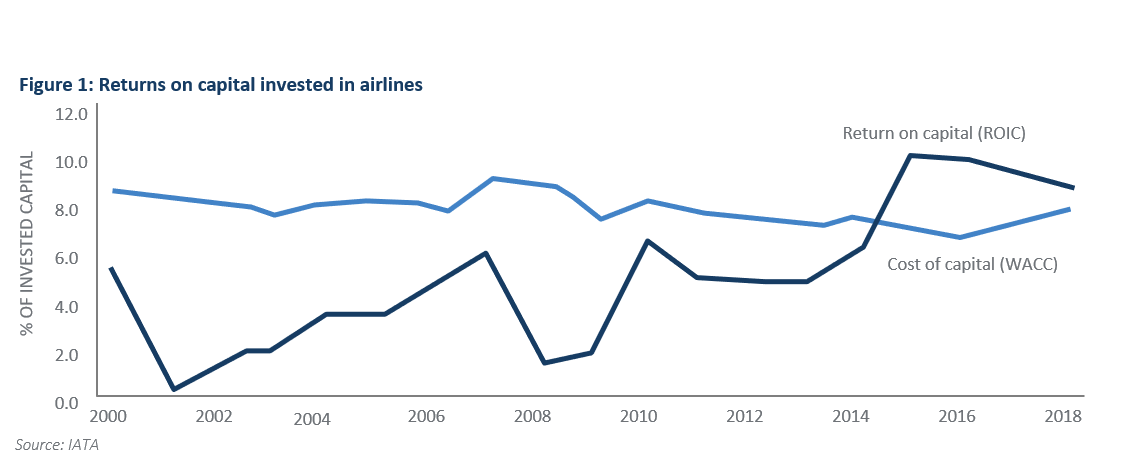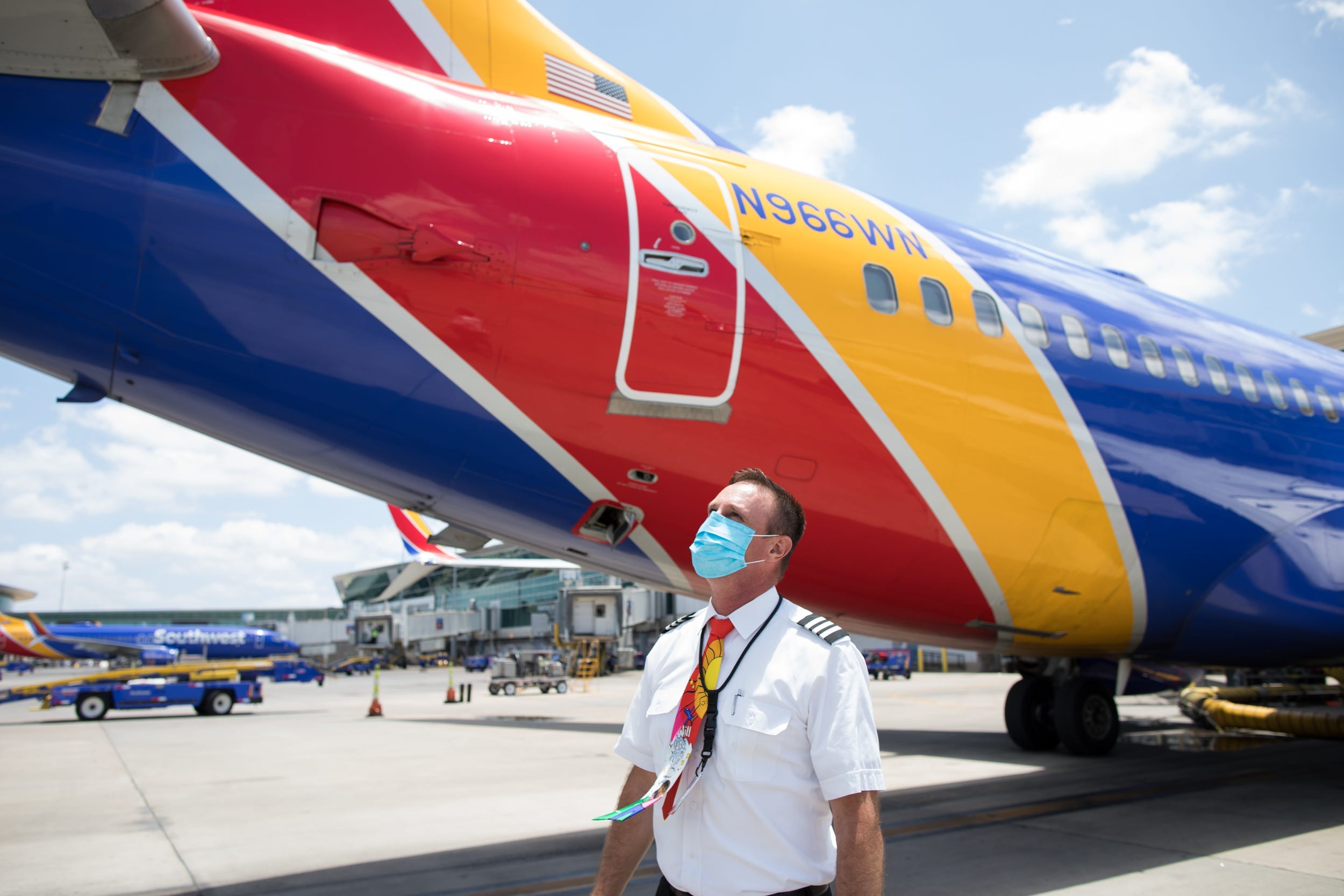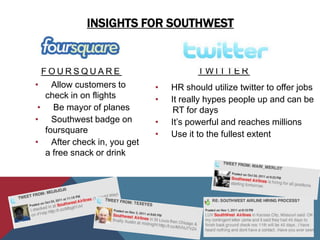


But given the launch of the election season with the Democratic National Convention this week and the Republican National Convention next week, chances of Congress taking up that issue before Sept. It’s not impossible that the Congress could return and pass such a measure by Sept.

Hopes that Congress might pass a second airline recovery or bailout package - theoretically extending the ban against airline layoffs - were damaged severely when the House left Washington without taking up a plan proposed by Senate Republicans.
#Southwest airlines competitors free
Thereafter airlines are free to lay off workers. Like all its competitors Southwest agreed not to involuntarily layoff any workers through that date. The $3.2 billion cash grant Southwest accepted previously from the government was restricted to the use of paying for the salaries and benefits of airline employees through Sept. Southwest lost $1.24 billion in the first six months of this year. That would seem to guarantee that the airline will report its first annual loss in 47 years. Southwest said Wednesday that it expects its operating revenues for 2020 to be down 70% to 75% of from 2019. Still, revenues are likely to be significantly slower to recover than capacity at all airlines, meaning they all be expected to report previously unimaginably large annual losses. Thus Southwest remains well positioned to grab an out-sized share of travelers returning to the air as air travel demand rebuilds. And turning down the CARES Act loan and retaining its investment grade debt rating positions Southwest to be able to grow its capacity at a much lower unit cost than any of its big rivals. Still, Southwest’s capacity and overall recovery plans appear to be more aggressive than those of its more conventional big airline rivals, American, United and Delta. That implies that instead of having fourth-quarter capacity of about 90% of what it was in the fourth quarter of 2019, it will will likely be only about 75% to 85%. Previously it had higher hopes to achieve between 70% and 80% of its capacity in the year-ago period. carriers saw travel demand in March fall by a staggering 96% from March of 2019.īut on Wednesday, Southwest said it now expects its third-quarter capacity to be only 65% to 70% of what it was in the third quarter last year. In March, Southwest’s flight schedule had fallen to around 10% of what it was 12 months earlier. He said that based on the return of leisure travel demand to that point, Southwest expected by year’s end to rebuild its flight schedule to around 90% of what it was in 2019, before the pandemic. In May and June CEO Gary Kelly was among the industry’s most optimistic leaders. Of course, Southwest, like its competitors, is working feverishly to find a way to return to positive cash flow, and eventually to profitability, long before it otherwise would run out of cash.

That’s low enough, according to Southwest executives, that it could hang on at least two more years at its current cash burn rate. Meanwhile the airline says it has lowered is daily cash burn rate, which in the spring was north of $50 million a day, from $23 million to about $20 million a day in just the last few weeks. Combined with the $3.3 billion in government grants, the carrier has raised $18.8 billion in liquidity since the pandemic’s impact began being felt in late February. It also has sold $2.2 billion in additional stock this year. And it was able to do so primarily because it has been able to use its investment grade debt rating to raise $13.2 billion this year in debt at low interest rates via the public debt markets and its banks. carrier to turn down the government’s offer of a loan.


 0 kommentar(er)
0 kommentar(er)
